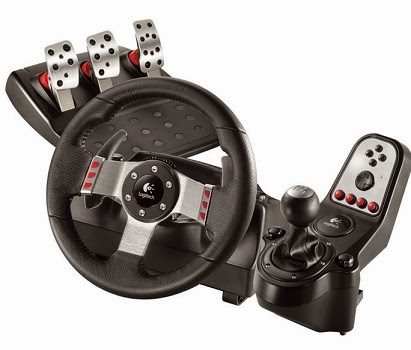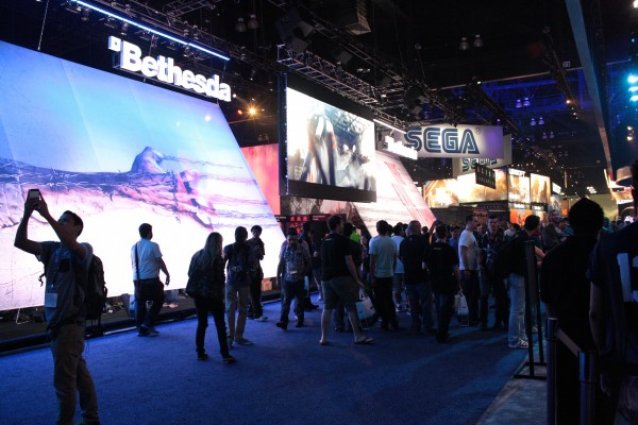

I am Thomas Jefferson, and I have just signed the Declaration of Destruction. I leap into the air like a Power Ranger in a powdered wig and hurl a scroll at my enemy. My opponent--some kind of oily goblin--pops on his reading spectacles and scans the words, before being blown to quivering pieces. It’s a pleasing centre point between cartoon slapstick and spine-shivering awesomeness. But wait! I am, for the purposes of a dramatic introduction designed to keep you reading, a massive liar. And while I may not actually be Thomas Jefferson, this is exactly the kind of sticky-fingered lunacy that passes for normality in Costume Quest 2.
It’s basically a big, fat empowerment fantasy for every kid that’s ever been purple nurpled, wedgied or spitballed. There’s no meanness or spite here, though: exactly like the first game, it’s a chocolate-dipped monument to dressing up in flimsy costumes and collecting candy, built on surprisingly sturdy RPG foundations.
To begin with, I find myself back in pumpkin-adorned suburbs on Halloween night. It’s here I meet the game’s surprisingly compelling new bad guy, Orel White D.D.S.: crusader against confectionary, friend of fluoride. Being a dentist, he’s an obvious choice for an antagonist, but he’s also the best thing about Costume Quest 2. Orel hates Halloween, but he’s more nuanced a villain than a bubbling punch bowl of Modern Warfare baddies. I don’t want to get too beard-strokey here--this is, after all, a game about sugared-up children pretending to be wizards--but a clever time-hopping mechanic means you get to see Orel as a child, and fully appreciate his motivation. No spoilers, but he’s essentially the Norman Bates of tooth decay. Resolving his story was incentive enough to keep me playing.
Creepy Treat cards are a way of varying combat. By using one of these instead of attacking, you can add numerous effects like debuffing enemies or instantly filling your special bar. Judicious use of Creepy Treats can finish off bosses swiftly or save a battle when you’re on the brink of defeat. They can be found stashed away in treasure chests, swapped with other kids or purchased in exchange for candy. Best of all, they all sound like sweets we wish existed in real life: think headless horse mints, bone bones and sugar barf. A personal favourite? Schafer’s wafers.
Being able to traverse time also means that Costume Quest 2 can present some dramatic shifts in location, all with the same pleasurably creepy feel. The glowing suburbs still give me that tingling feeling of childlike anticipation experienced before a night of trick-or-treating, but there’s now more variety: bubbling swamps give way to a futuristic dystopia of neon billboards, constructed above a caricature of urban decay. Also: floating cars! Visiting different time zones also allows for some Chrono Trigger-style meddling. Opportunities are limited, but there are some nice touches: I planted a candy seed in one timeline, only for it to blossom into a tree in the future. It doesn’t take full advantage of these chances for chronological cleverness--there are only about four sidequests which directly utilise it--but it’s a deft touch that reminds you what’s happening.
There is a ‘but’, though. The different locations lead to my biggest complaint: wherever in time you are, you’re essentially doing the same thing. The entire game is wholly reliant on a familiar trick-or-treating mechanic. Later on it’s masked by different missions--package deliveries, speakeasy drop-offs and the suchlike--but far too often it’s a case of locating a house with a light on, knocking on the door and waiting for a surprise attack.
Admittedly, this is what makes Costume Quest unique, but on the few occasions when the game mixes it up it is immediately more fun. One futuristic mission had me double-crossing monstrous, corrupt businessman, using the hand-shakey power of Jefferson’s diplomacy ability: these are the moments which stand out. The repetition is cleverly referenced in the final section--the details of which I won’t spoil here--but unless you adored the original, the samey mission structure could lead to enjoyment decay.




 Watch Dogs QR Code Locations 2
Watch Dogs QR Code Locations 2 Five Games No One Wants To See at Bethesda’s E3 2015 Conference
Five Games No One Wants To See at Bethesda’s E3 2015 Conference Alkirian 3 - The Water Stone Walkthrough
Alkirian 3 - The Water Stone Walkthrough 13 Run Shortcut Tricks Every Windows User Should Know
13 Run Shortcut Tricks Every Windows User Should Know The Last of Us: Remastered Training Manual Collection Walkthrough
The Last of Us: Remastered Training Manual Collection Walkthrough